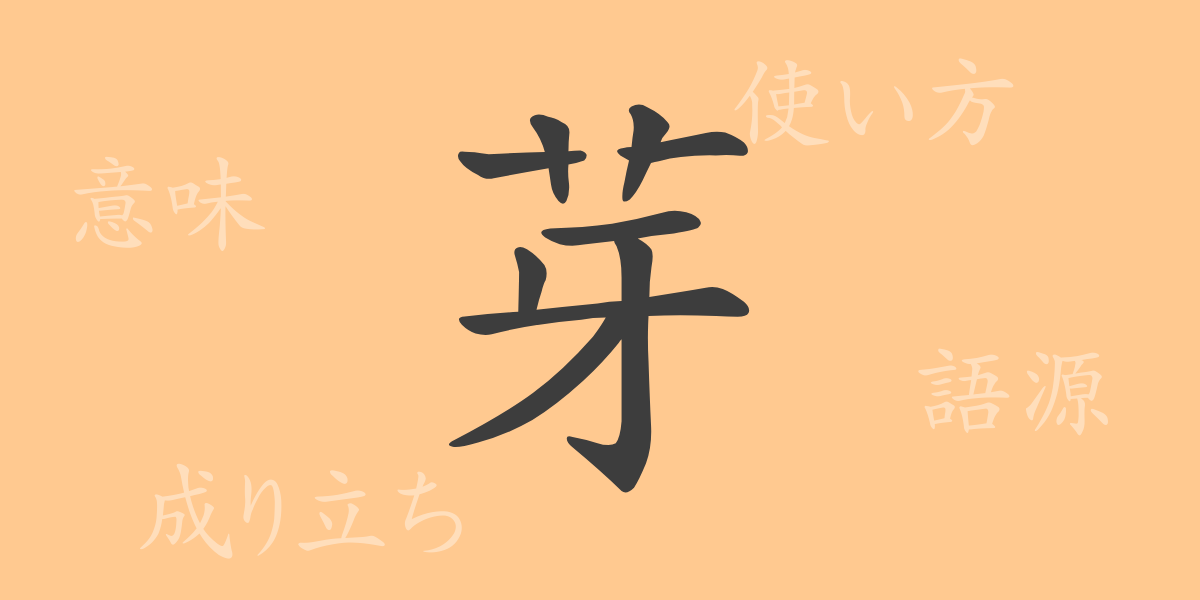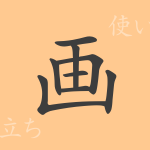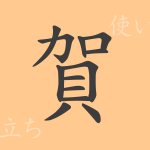Feel the breath of spring in the ‘bud’ (芽(Me)). This single character encapsulates the vitality of nature and the symbol of new beginnings. As a commonly used Kanji in Japan, ‘bud’ (芽(me)) is frequently seen in everyday life. But what history and meaning are imbued in this character? In this article, we delve into the charm of the Kanji ‘bud’ (芽(Me)), from its origins to its meaning, usage, and even its appearance in idioms and proverbs.
The Origin (Etymology) of ‘bud’ 芽(Me)
To explore the origin of the Kanji ‘bud’ 芽(Me), we must trace back to ancient China. ‘bud’ 芽(Me))combines the grass radical with ‘fang’ 牙(Kiba), symbolizing the sprout of a plant. The grass radical is common to Kanji related to plants, while the lower part ‘fang’ 牙(kiba) represents teeth or tusks, here signifying something protruding, namely, the budding sprout.
Meaning and Usage of ‘bud’ 芽(Me)
The Kanji ‘bud’ 芽(Me))signifies the emergence of new parts of a plant from the soil, or the beginning of something. For instance, ‘a bud comes out’ 芽が出る(Me- ga -de-ru) literally refers to a plant sprouting, and metaphorically it can also represent the emergence of new situations or problems. Beyond ‘a bud comes out’ (芽が出る(Me- ga -de-ru)), there are other usages like ‘to sprout’ 芽生える(Meba-eru) and ‘to bud’ 芽吹く(Mebu-ku), all of which evoke the imagery of new life and beginnings.
How to Read ‘bud’ 芽(Me), Stroke Count, and Radical
The Kanji ‘bud’ 芽(Me) is familiar to many for its shape and meaning, but what about its correct reading, stroke count, and radical?
- Readings: On’yomi (Sino-Japanese reading) is ‘ga’, Kun’yomi (native Japanese reading) is ‘me’
- Stroke count: A total of 8 strokes
- Radical: Grass 艸(Kusakanmuri)
Idioms, Phrasal Verbs, and Proverbs Using ‘bud’ 芽(me)) and Their Meanings
There are numerous idioms, phrasal verbs, and proverbs that include the Kanji ‘bud’ 芽(Me), each with its own deep meanings and lessons. For example, ‘to nip in the bud’ 芽を摘む(me wo tsumu) means to stop something before it grows big, ‘hope’s bud’ 望みの芽(Nozomi no me)) refers to a state where hope is possible. Furthermore, ‘a bud comes out’ (芽が出る(me ga deru)) indicates the appearance of new possibilities, and ‘to bud’ 芽吹く(Mebuku) represents the start of new life or activity.
Conclusion on ‘bud’ 芽(Me)
The Kanji ‘bud’ 芽(Me)represents one of the most striking moments in nature—the birth of new life. This single character is packed with symbols of growth and potential, inspiring hope and the sense of a fresh start in people. Expressions using ‘bud’ (芽(me)) in the Japanese language suggest the new paths we should aim for and also encourage the resolve and effort needed to nurture them. The fact that so many stories can be woven from just one character is emblematic of the depth of the Japanese language.

























